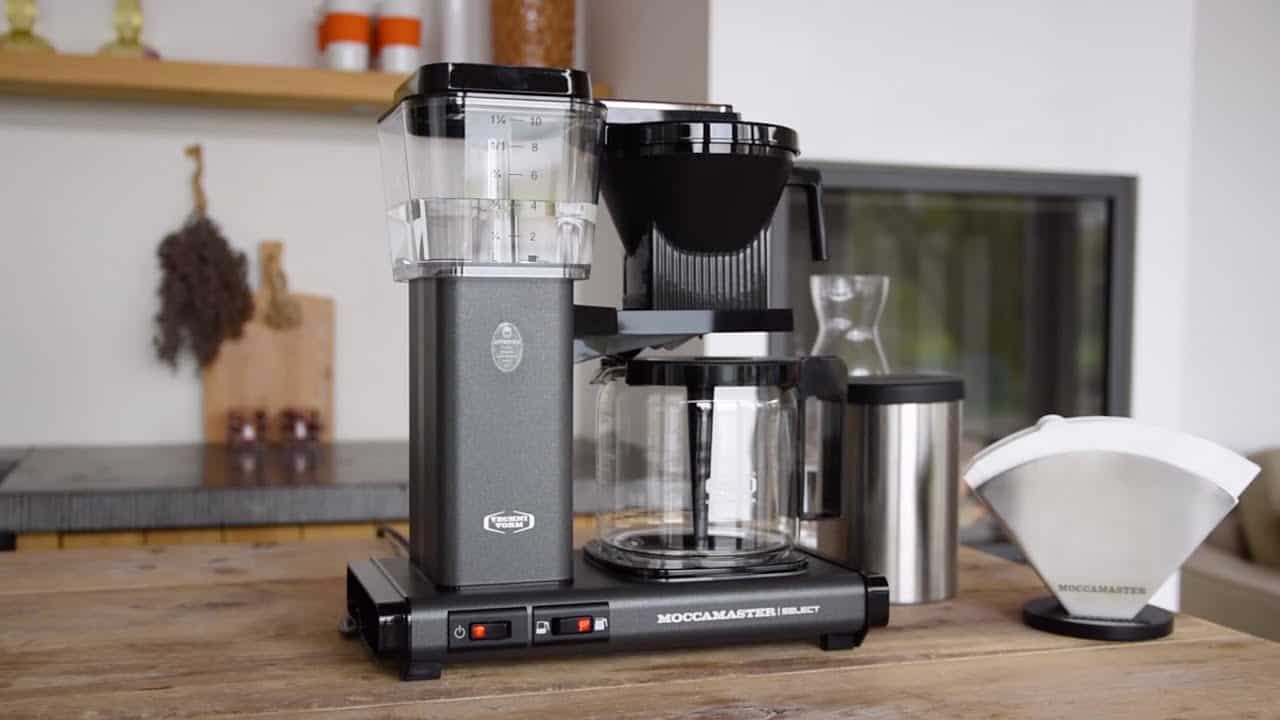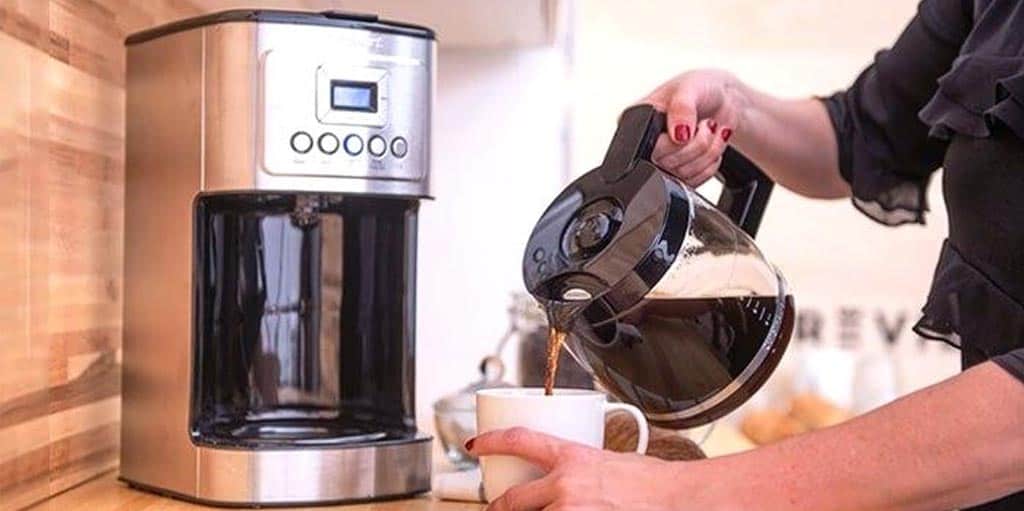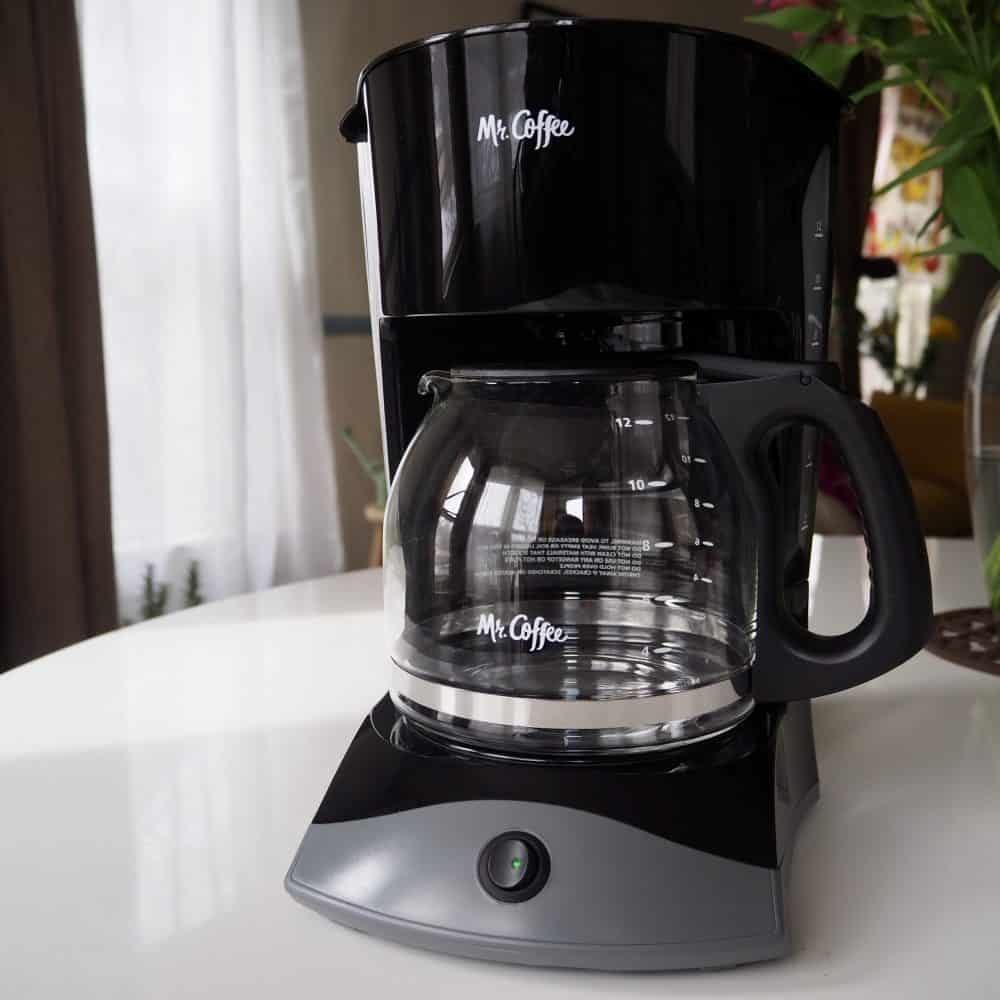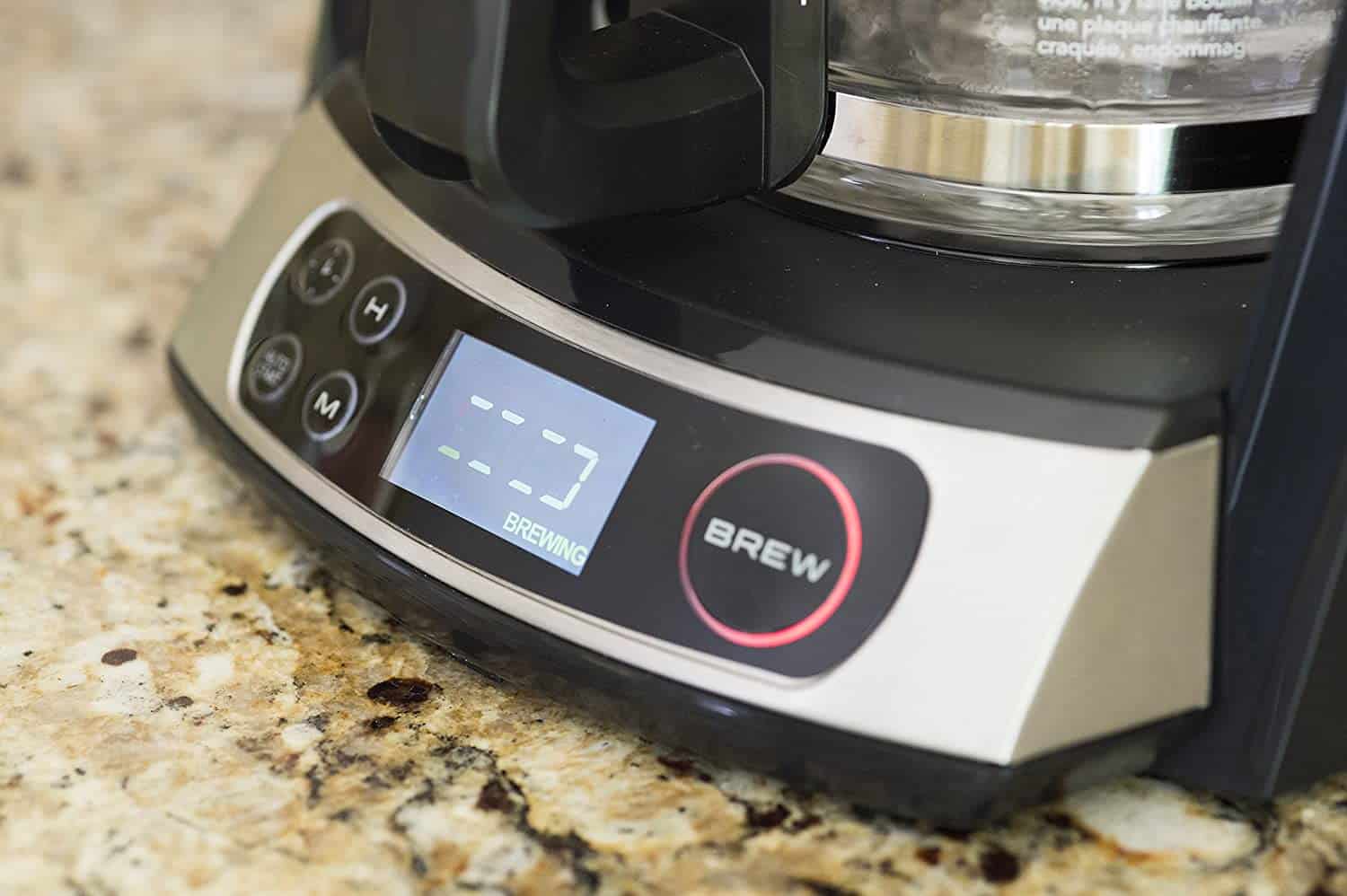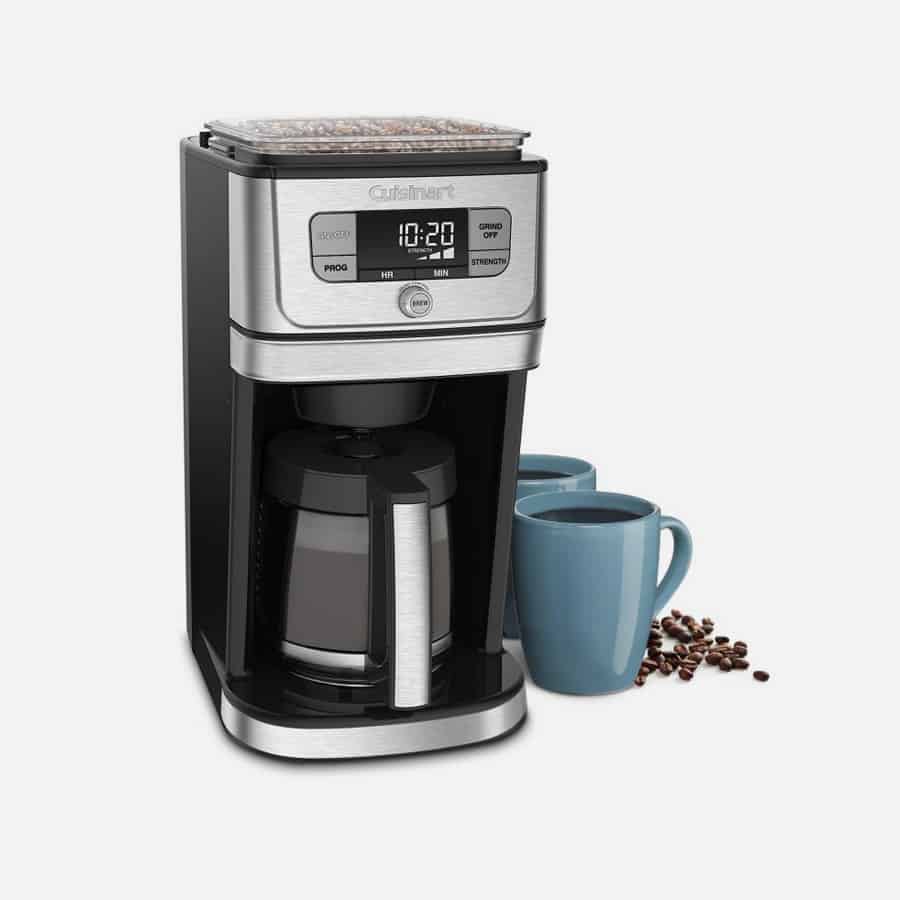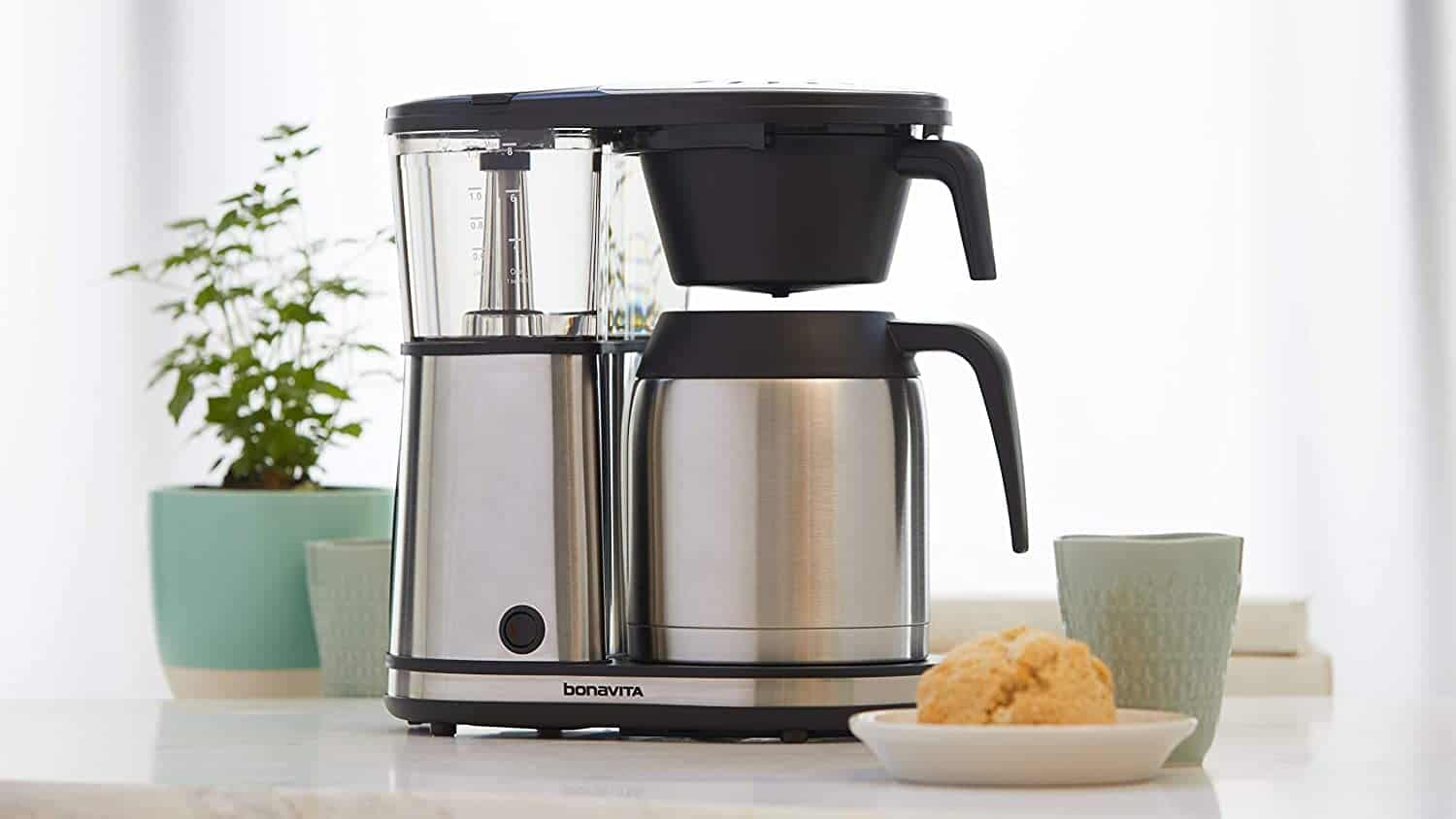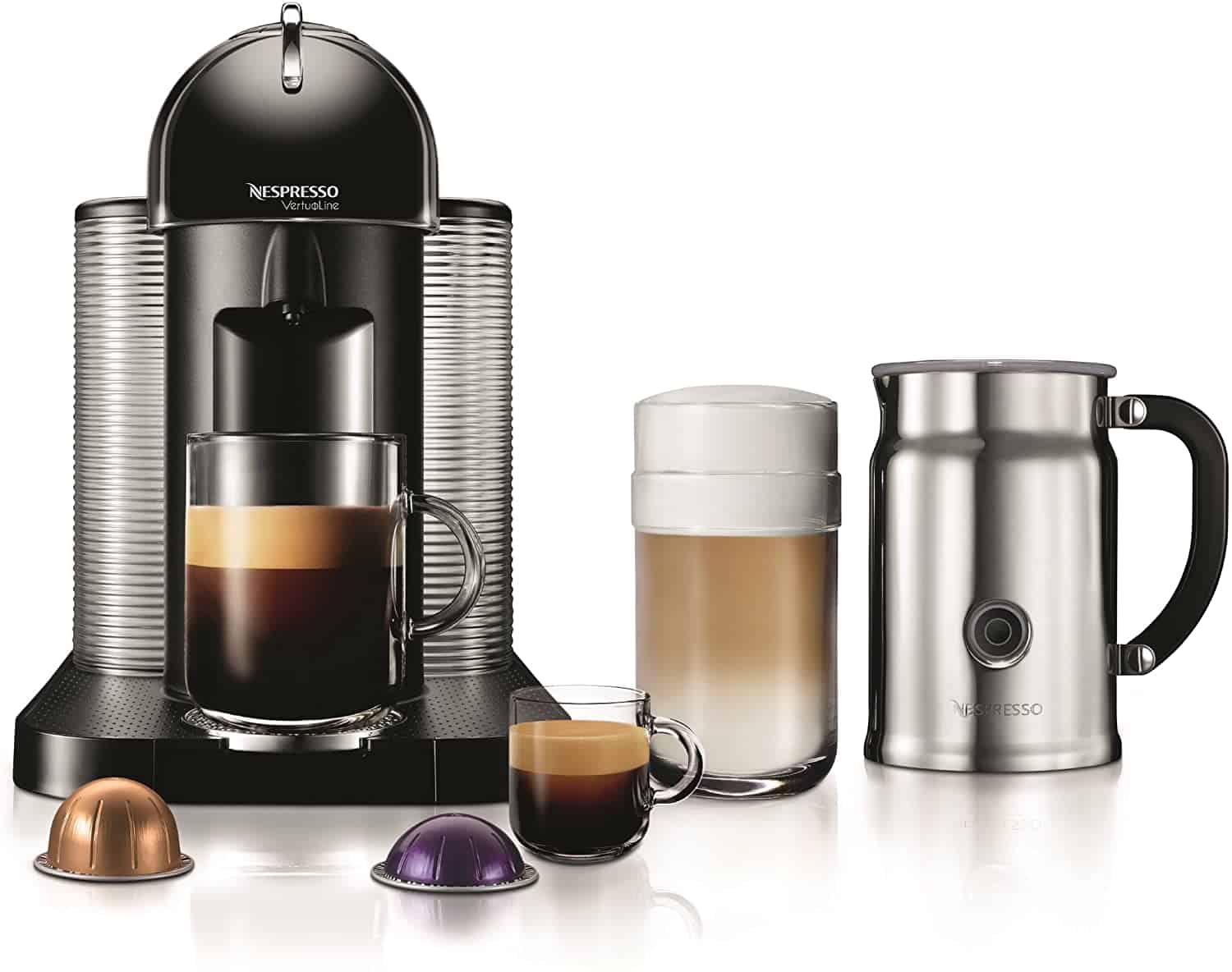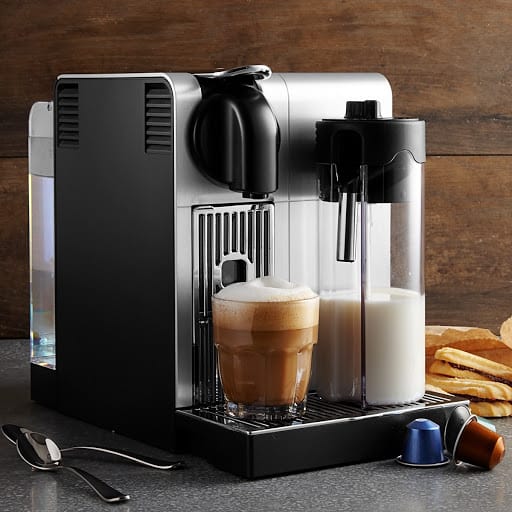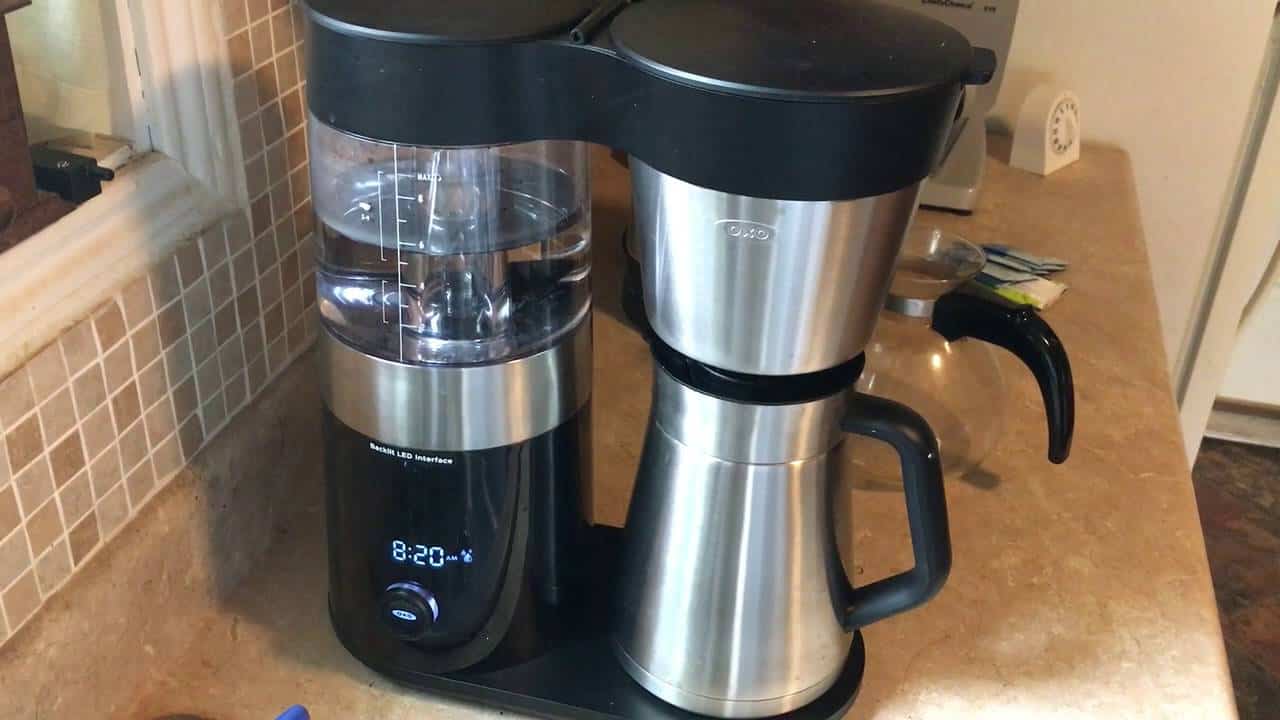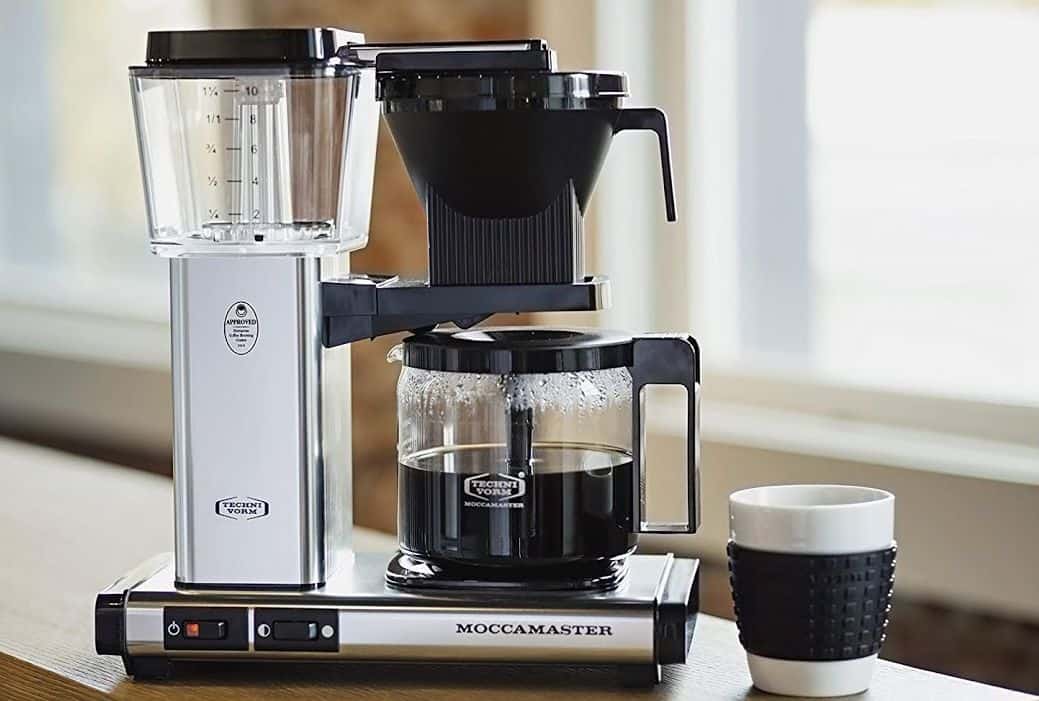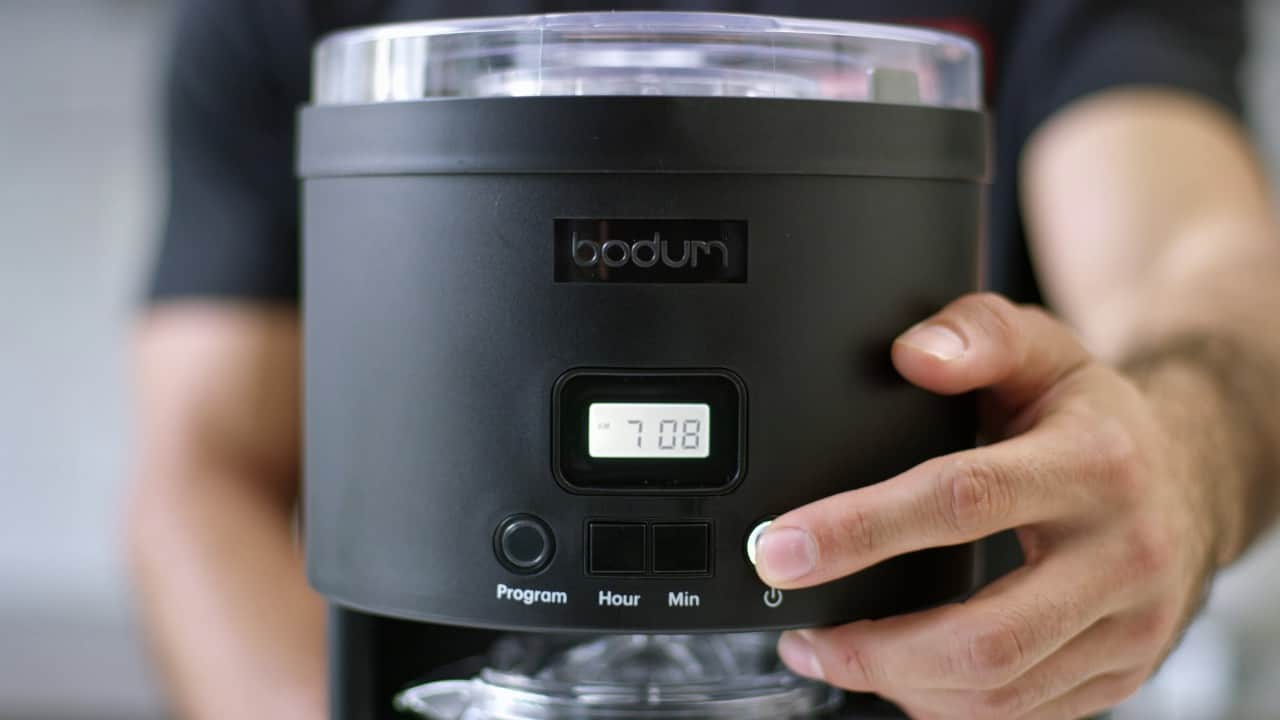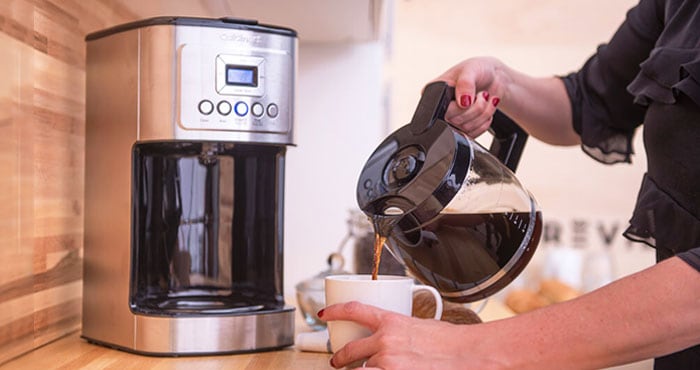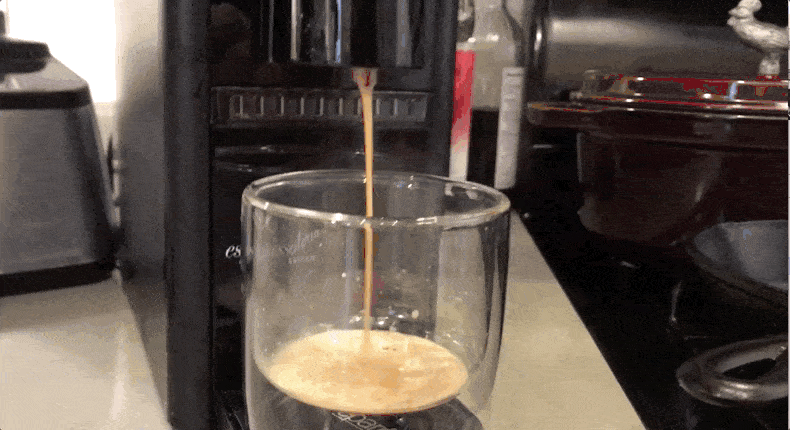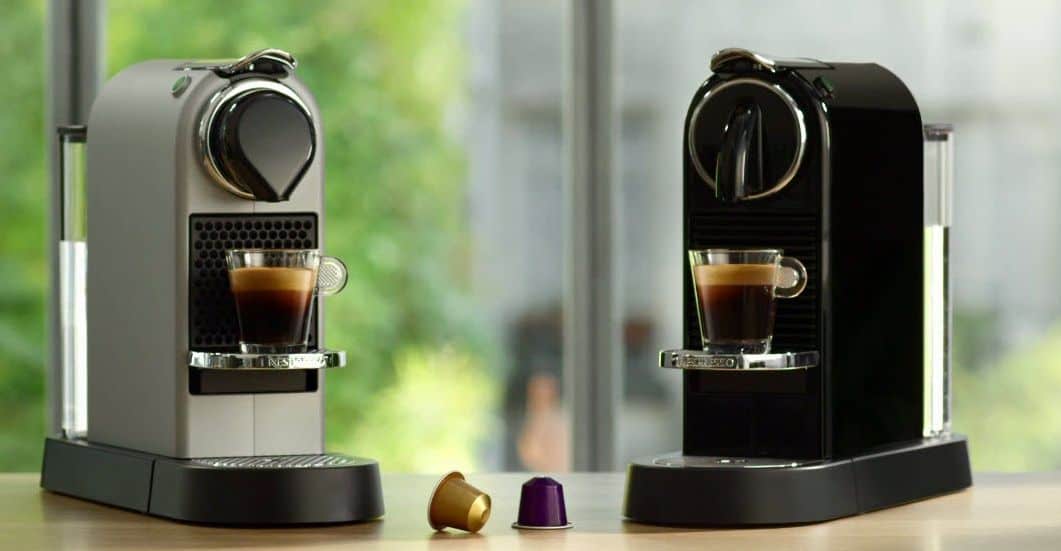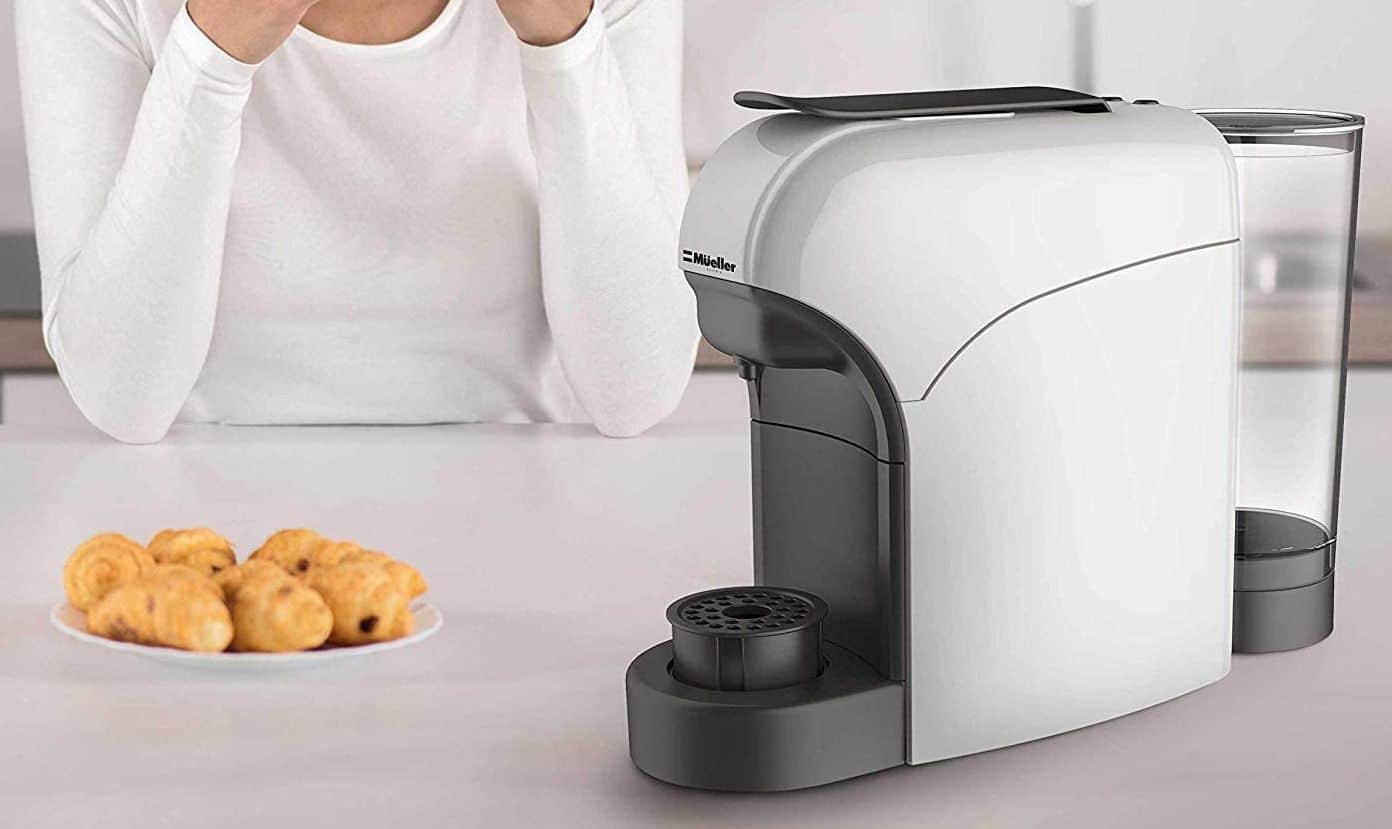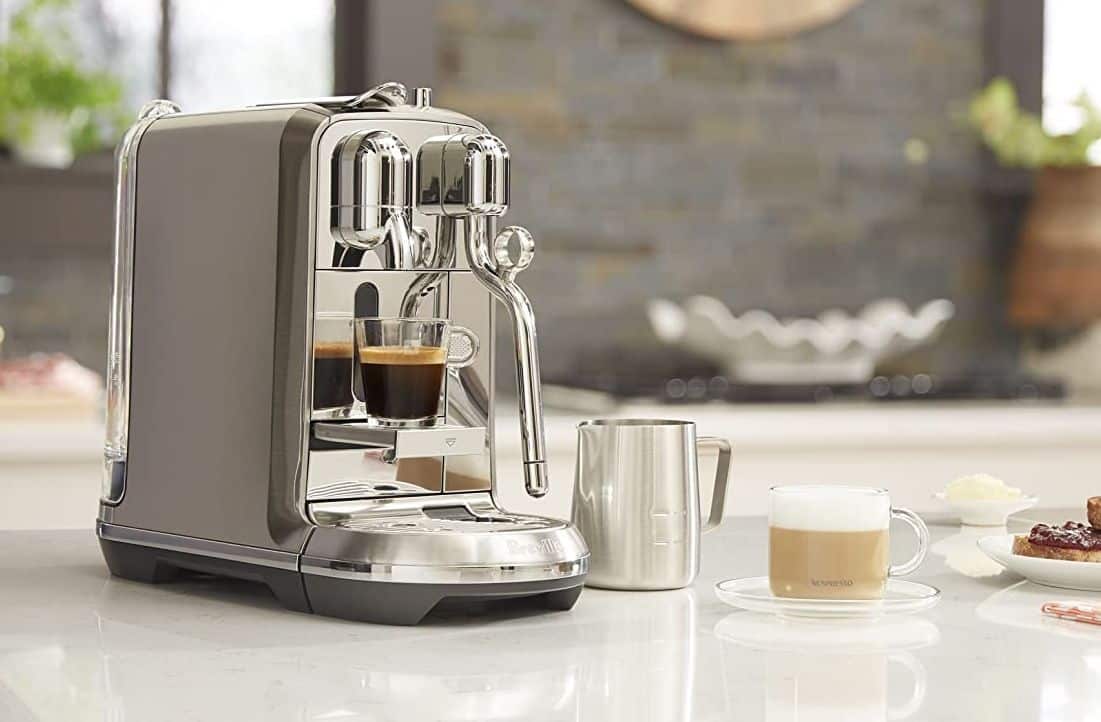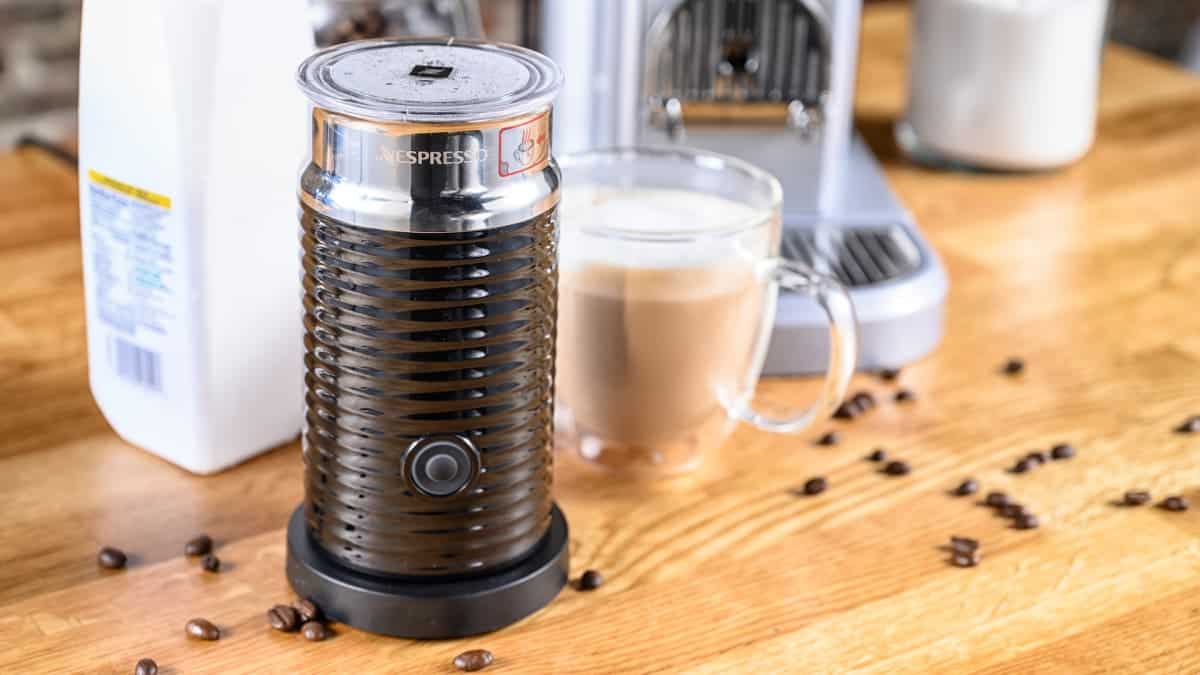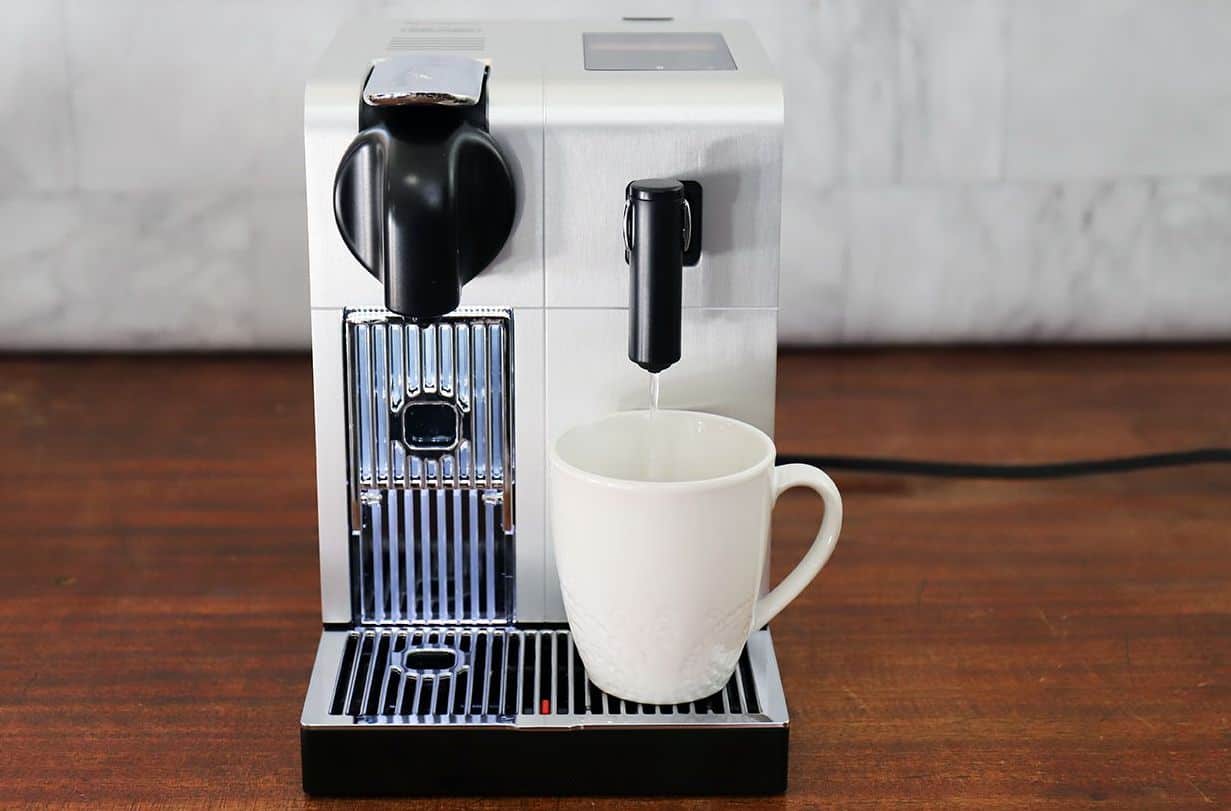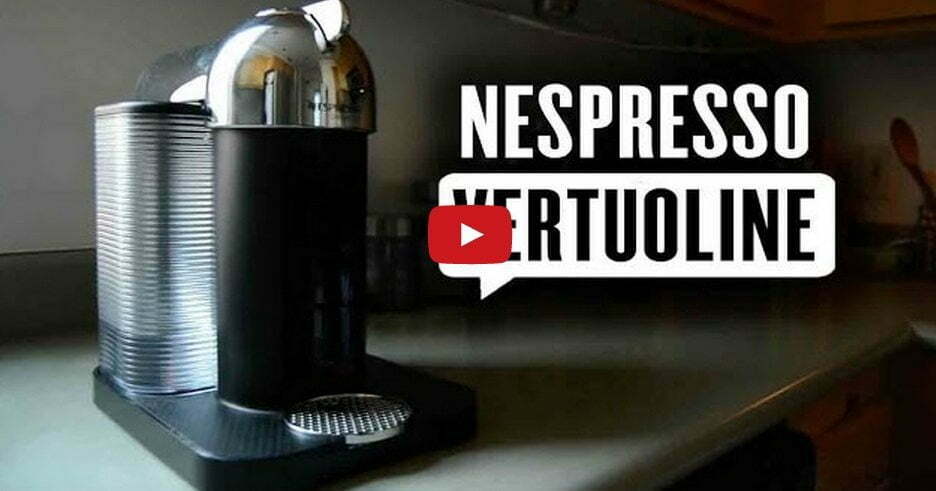If you’re shopping for the best coffee maker, you might have considered a pump coffee machine. Espresso drinkers report a perfect espresso brew from pump machines. That said, if you want an affordable espresso machine with pump coffee, you’ll need to understand how these devices work and what they are. So, if you want to learn what is a pump coffee machine, read this guide.
KEY TAKEAWAYS:
- A pump coffee machine is commonly known as an espresso maker.
- There are multiple types of pumps, but the most common are rotary and vibration pumps.
- Pump machines use pressure to force water through tightly-packed coffee grounds, creating shots of espresso.
Everything You Need to Know About Pump Espresso Machines
Pump coffee machines use a pump to force pre-heated water through coffee grounds inside the machine. Some models use brewing water directly from your waterline rather than a water tank for the hot water dispenser. If you are shopping for a pump unit, make sure it uses at least 7-15 bars of pressure. Anything less, and you won’t achieve the rich taste of espresso beverages.
If you are interested in infusing your brew, see our guide to what pre-infusion coffee makers are.
Insider Tip
Ensure you set your pump espresso maker to the correct temperature for the perfect cup of espresso or about 200 degrees Fahrenheit.
Types of Pump-Driven Machines
The differences between espresso machines are dependent on the type of pump you use and whether you want a manual or automatic espresso machine. There are two types: a rotary pump and a vibration pump. That said, whichever kind of pump machine you choose, ensure it has the 15-bar pressure pump required to make excellent espresso shots.
If you want to know which type of electronic pump for your shots of espresso, then read on. If, instead, you want to see a different type of coffee brewer, take a look at what a semi-automatic coffee maker is.
Rotary Pumps
A rotary pump is a mechanical device that utilizes a motorized, vaned disc inside a large chamber. As the disc rotates, the vanes press against the outer section, creating pressure. The hot water exits the pump as the pressure reaches optimal levels.
Rotary pumps are usually the tool of choice for the semi-automatic machines found in most coffee shops. However, since a semi-manual espresso machine requires some manual adjustment, they are harder to use. In addition, rotary pumps are quieter and longer lasting than vibrating models. That said, rotary models are more expensive to buy and maintain.
Vibration Pump
A vibration pump, like a solenoid vibratory water pump, uses electromagnetic energy to build pressure. In the unit, a magnet attached to a piston sits inside a metal coil. As current runs through the electric pump, the magnet quickly jets back and forth through the coil, pushing water through the pump.
Vibration pumps are usually the go-to for super-automatic machines. While vibration units are cheaper to buy or maintain, they won’t last as long as a rotary model. They are also louder, and unfortunately, the automatic process will sometimes result in inconsistent brewing pressure.
Warning
If your portafilter turns too far to the right, your gaskets are bad. If you do not replace the seal, you will have a serious hot coffee leak.
F.A.Q.S
How many bars of pressure do typical espresso machines have?
Entry-level espresso machines offer about 9 bars of pressure, but higher-end models use up to 15 bars.
What do bars mean on espresso machines?
A bar measures atmospheric pressure exerted on the finely ground coffee beans in the espresso coffee machine. A quality espresso brew requires consistent pressure, so pay attention to your meter.
Do more bars mean better espresso?
Don’t be tempted to purchase an expensive pump espresso machine with more bars of pressure. The ideal pressure for a shot of espresso is 7-15 bars of pressure.
How is the temperature on the machine controlled?
Any modern espresso machine should have programmable options for a stable brew temperature. In addition, barista-style espresso creations are only possible at a stable temperature between 195 to 205 degrees Fahrenheit.
STAT: A recent study from the Journal of Nutrition showed that 63% of coffee drinkers consume a single 8oz cup per day. (source)

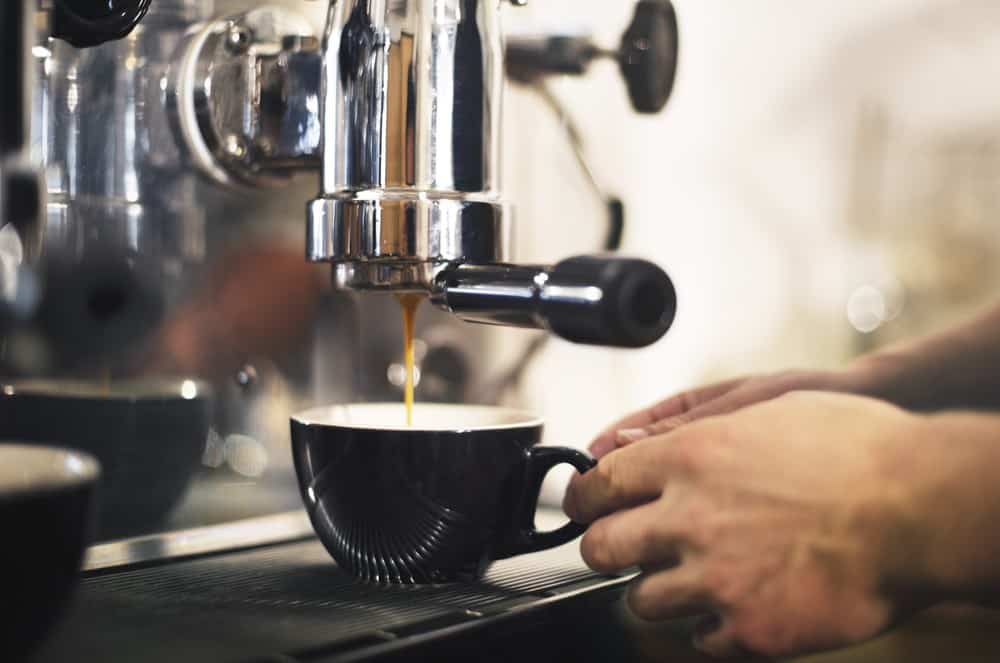













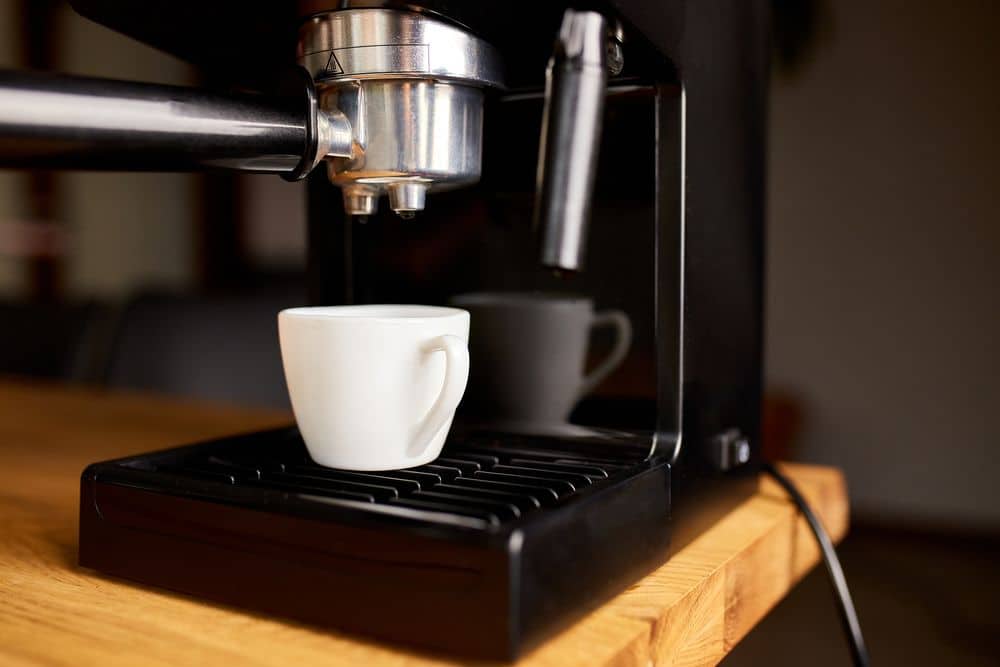
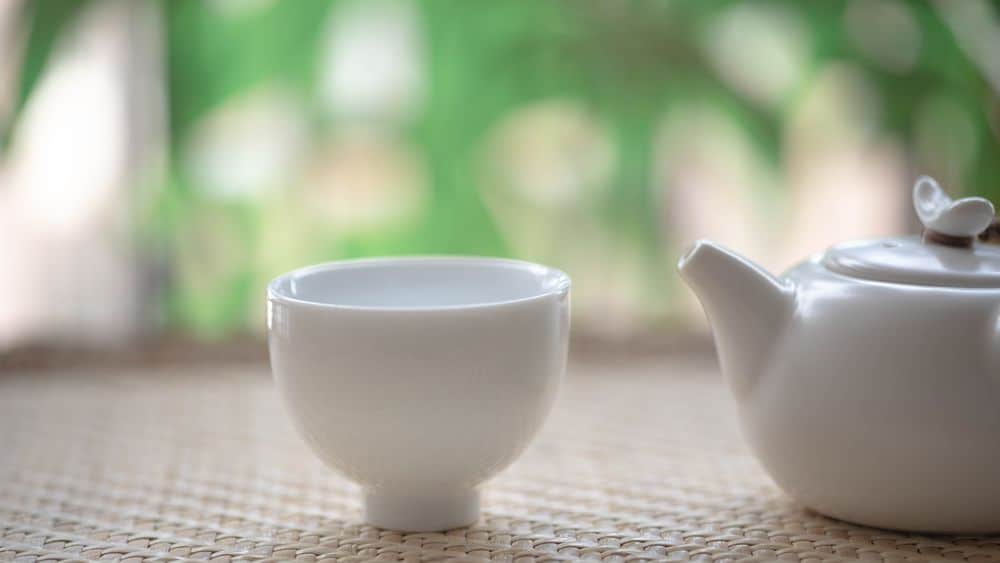
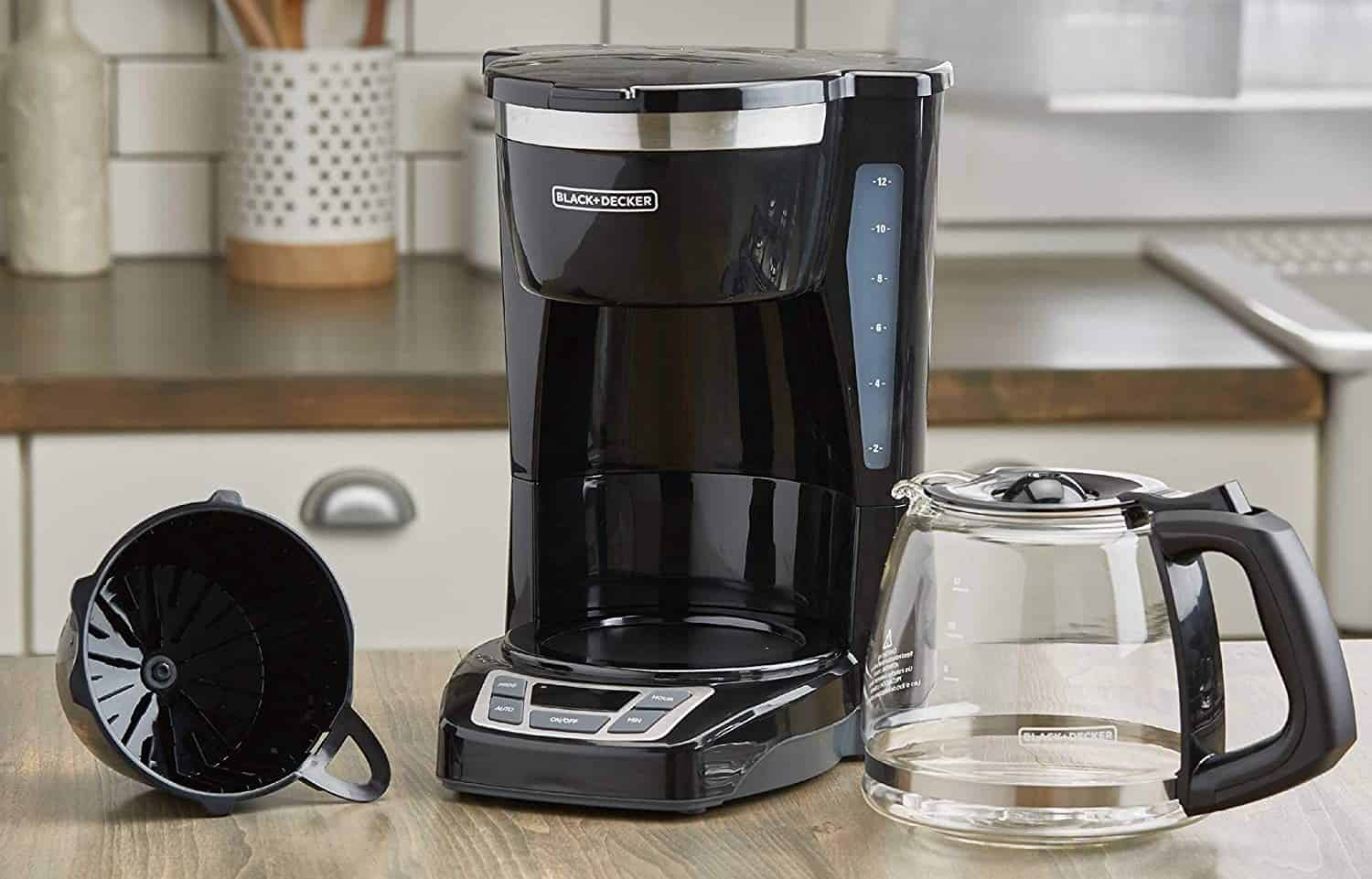
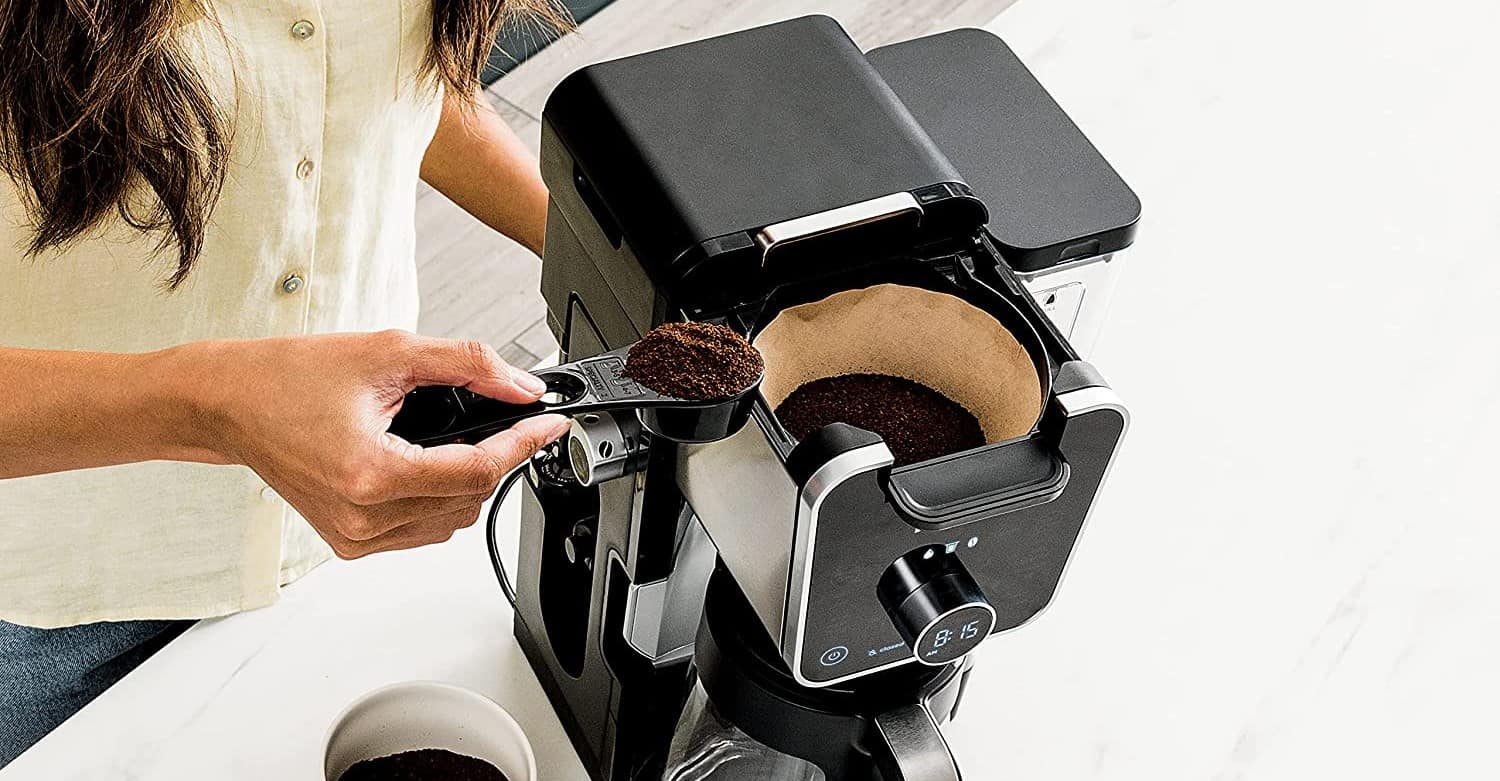
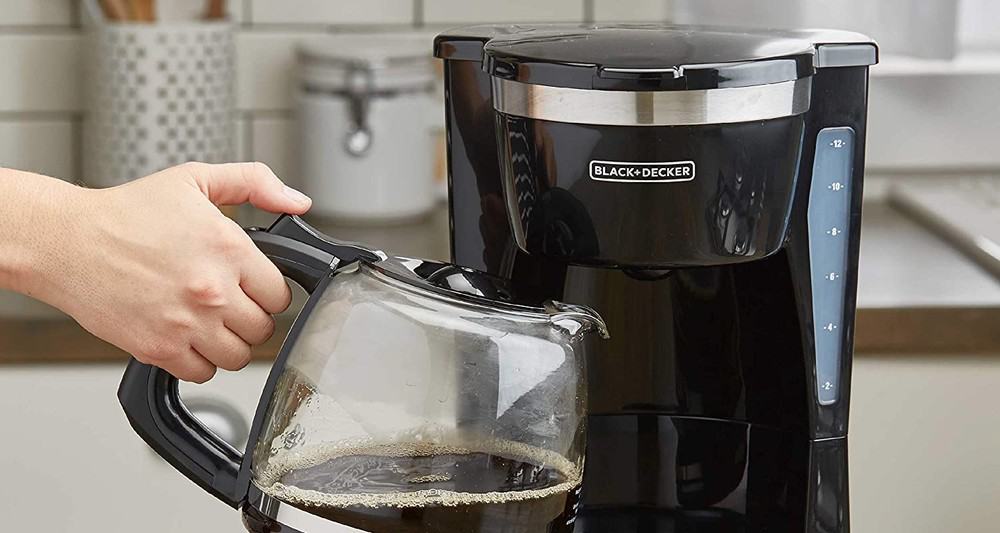
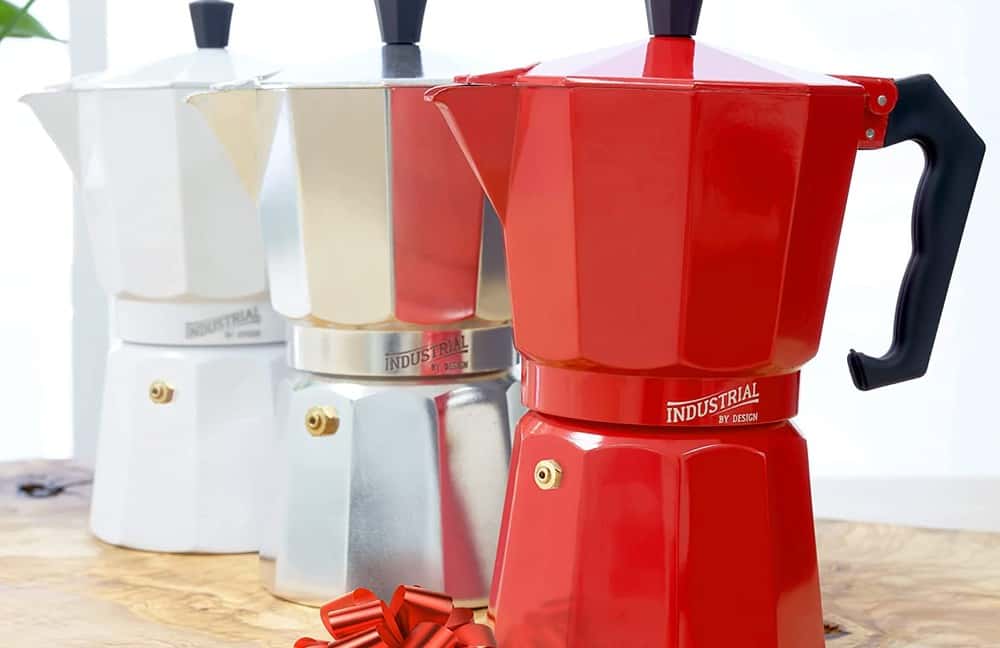
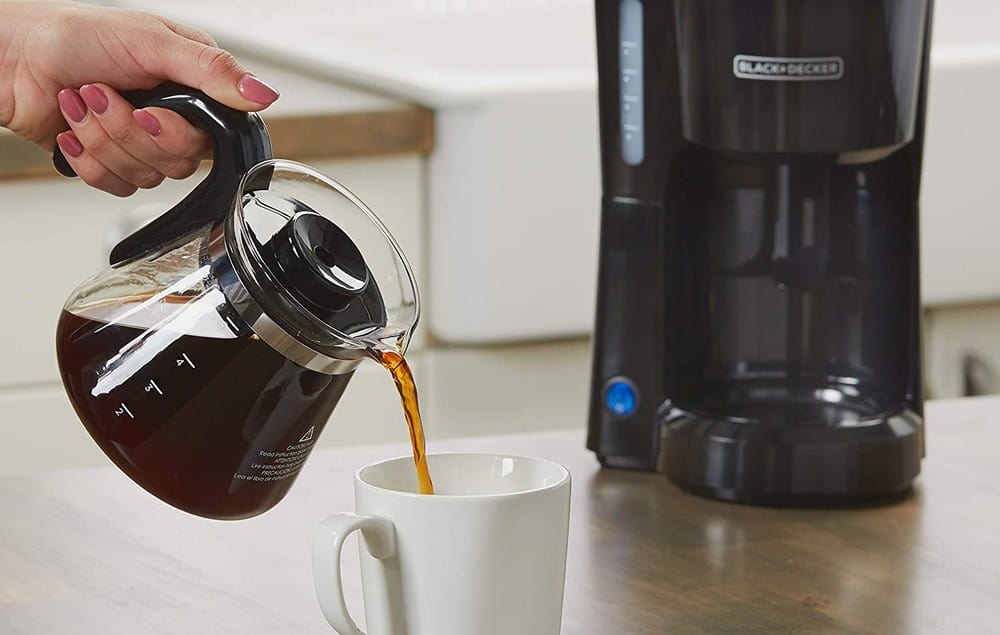
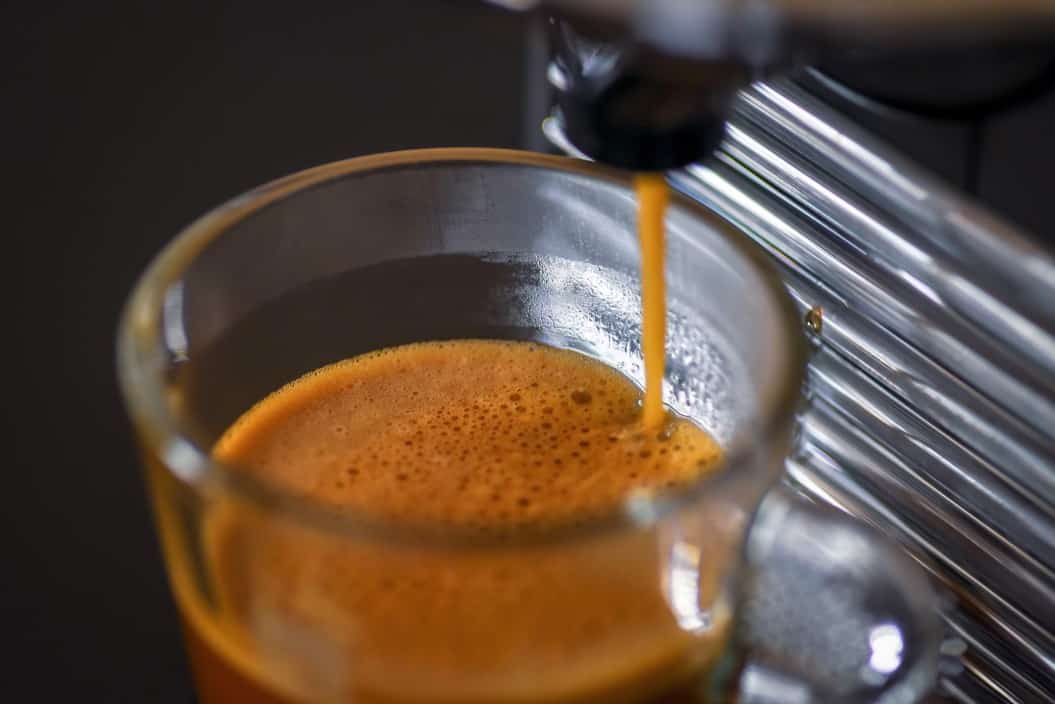
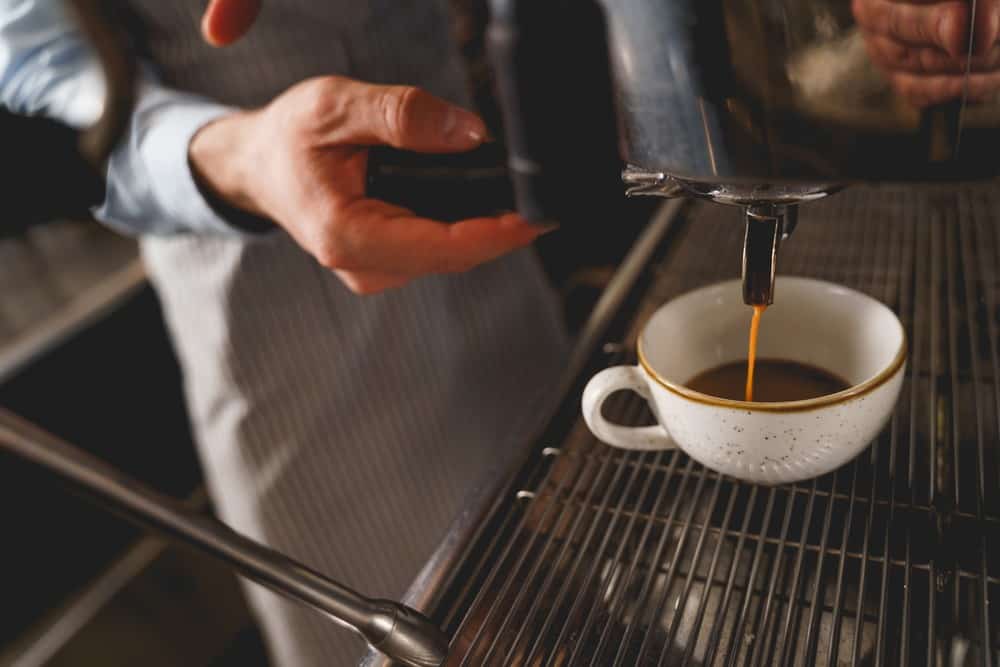
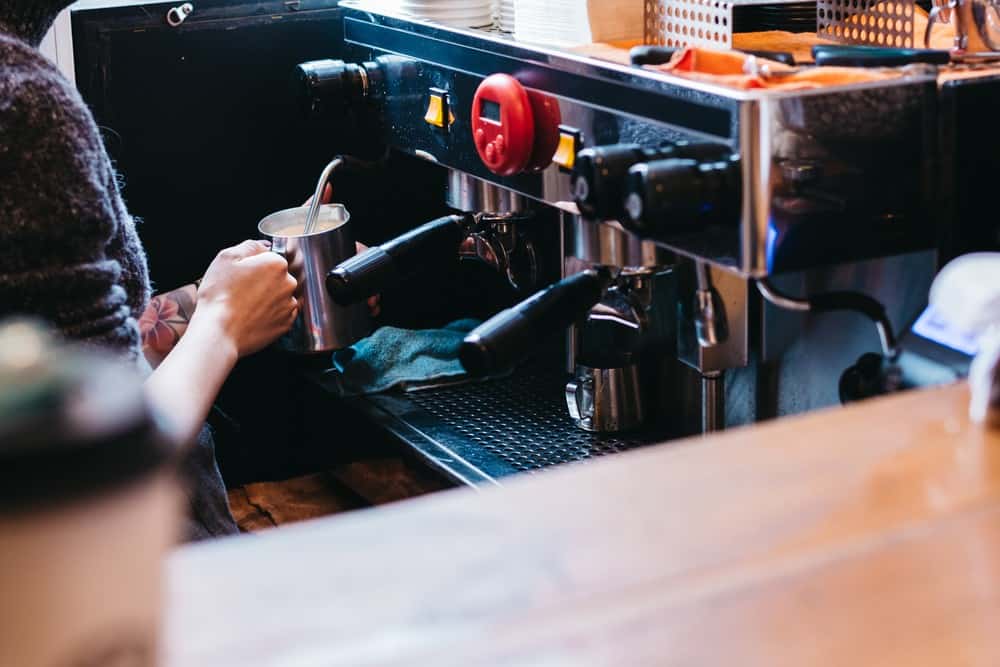
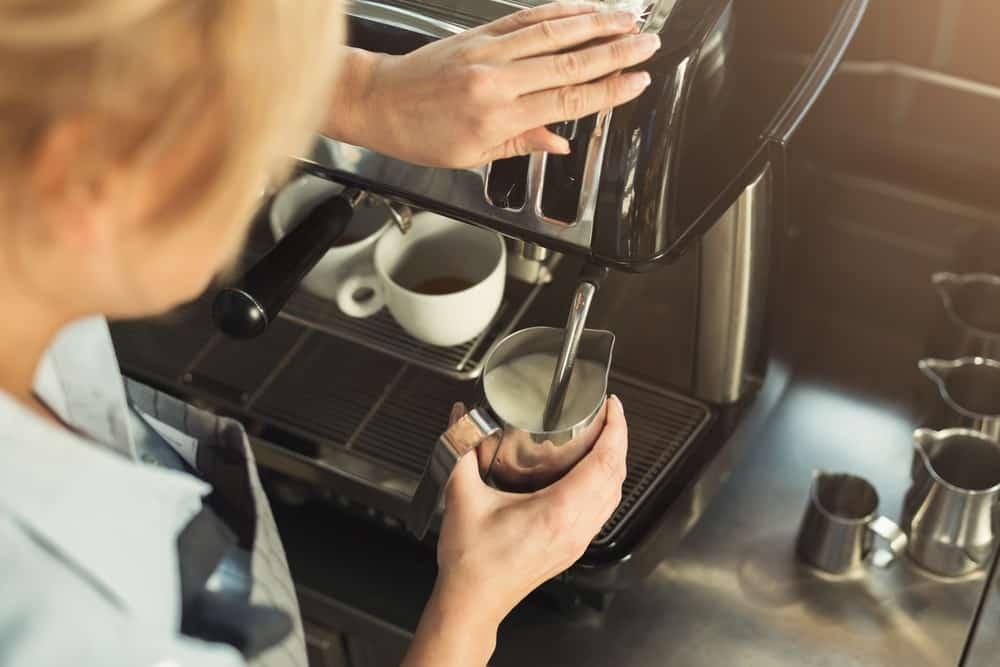
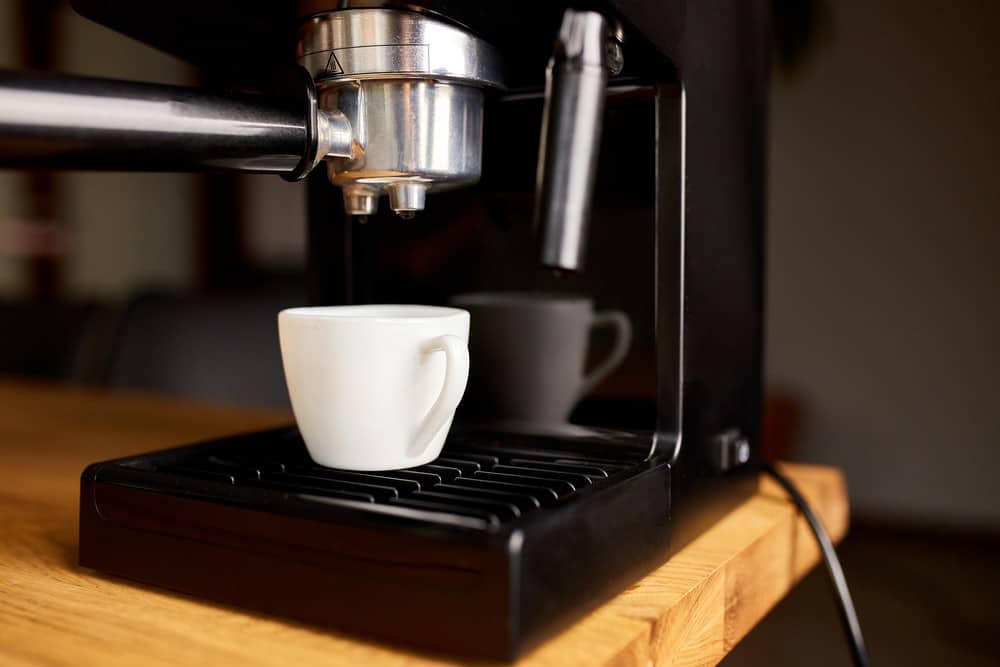
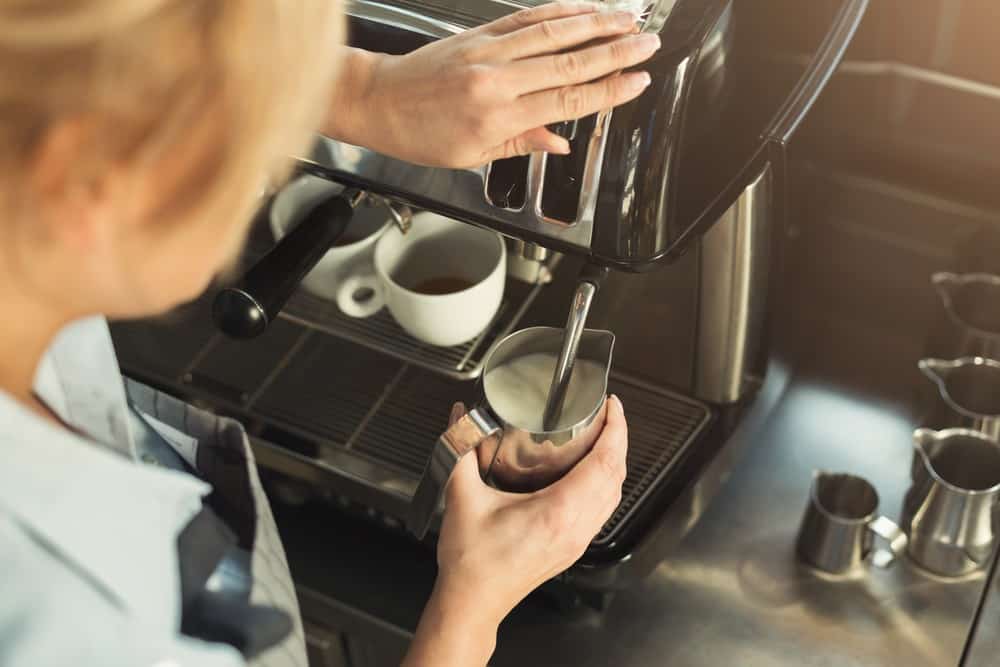
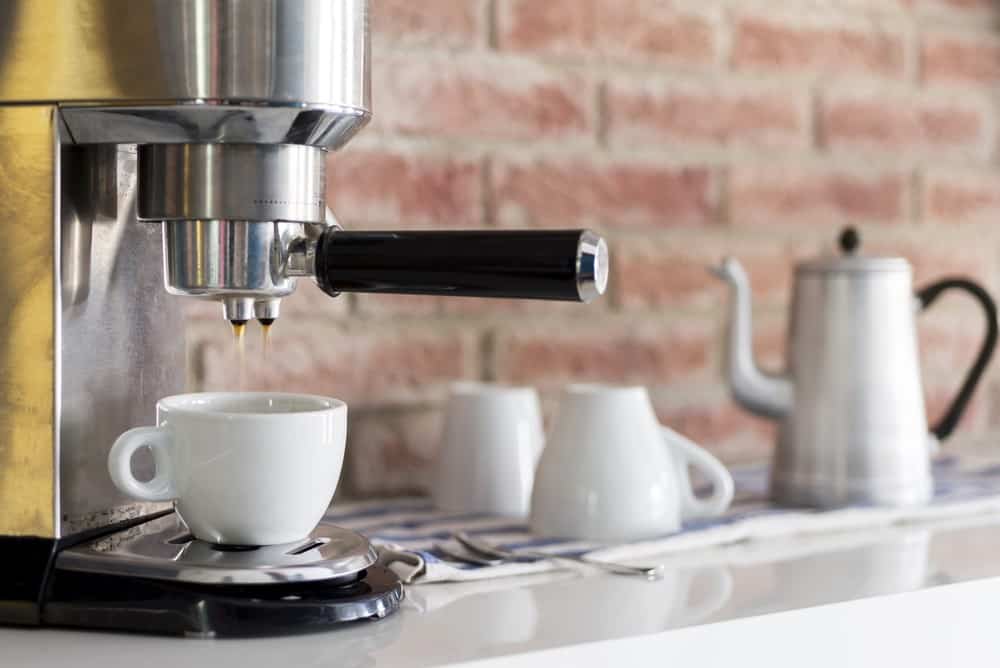
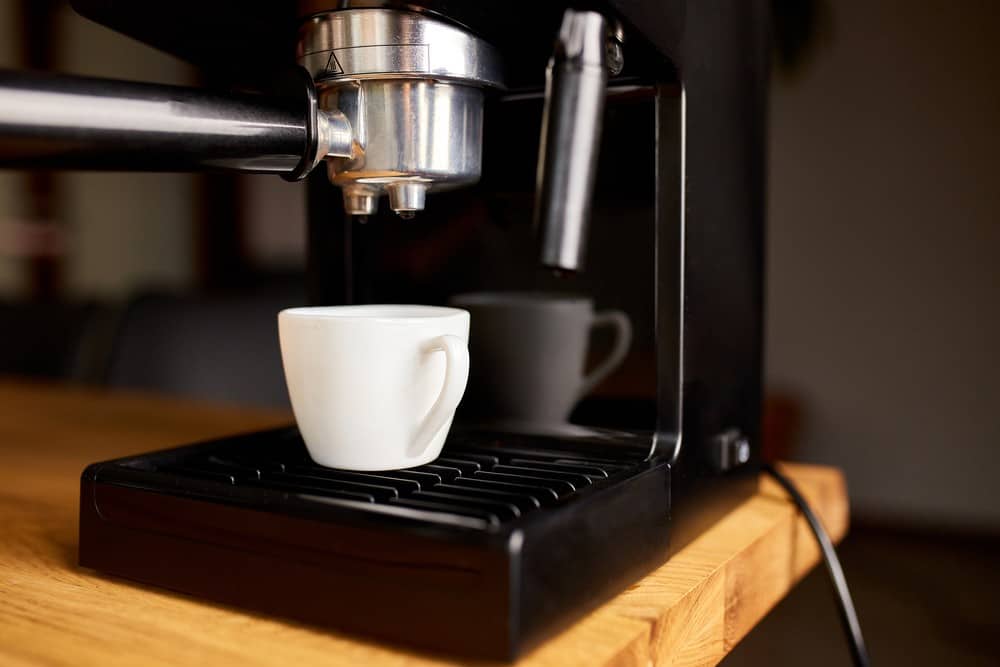
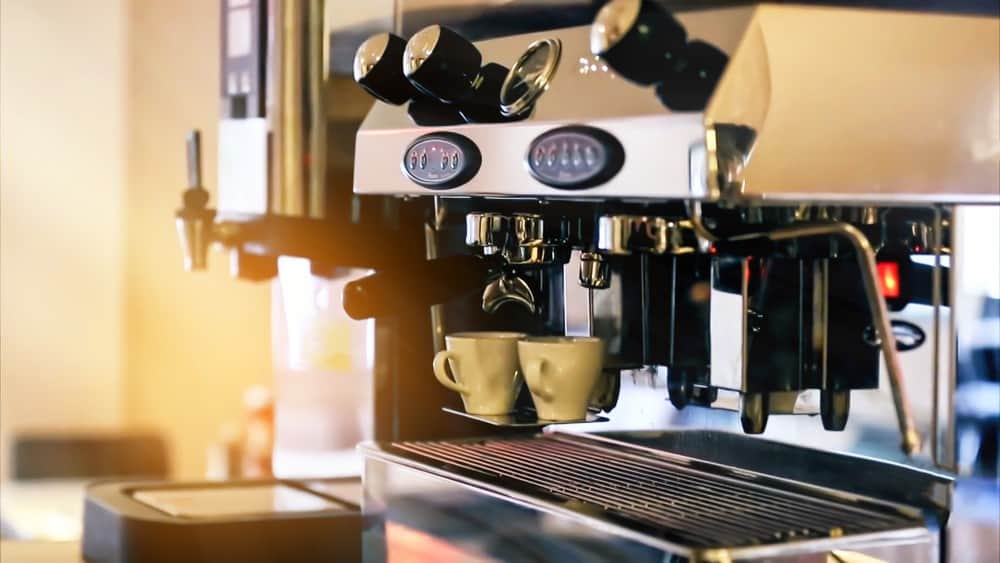
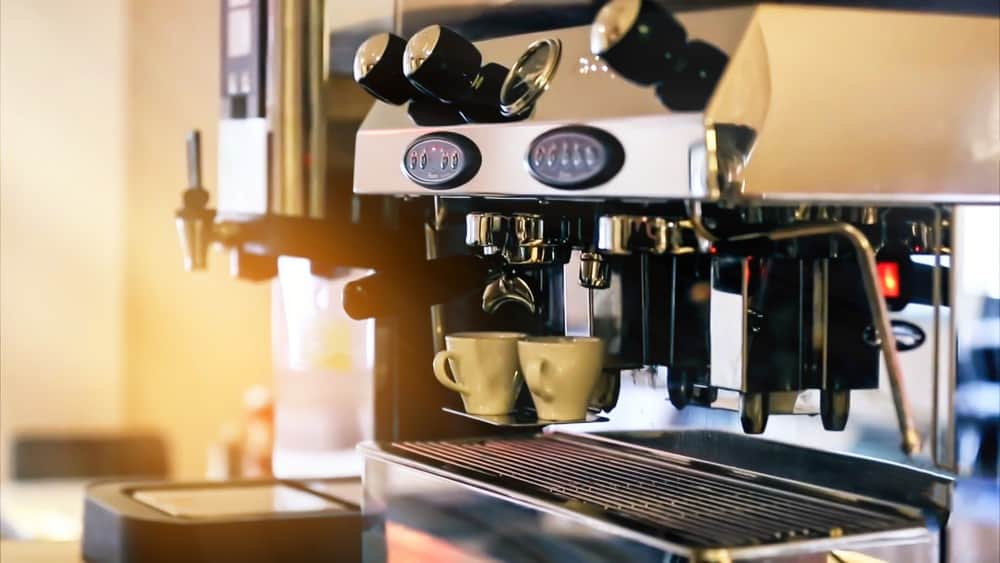
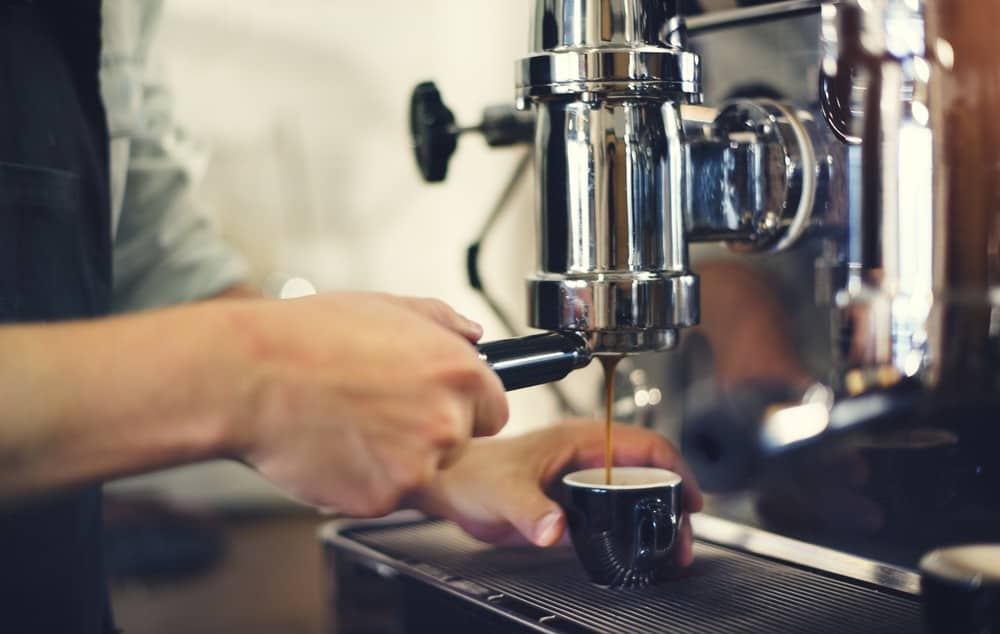
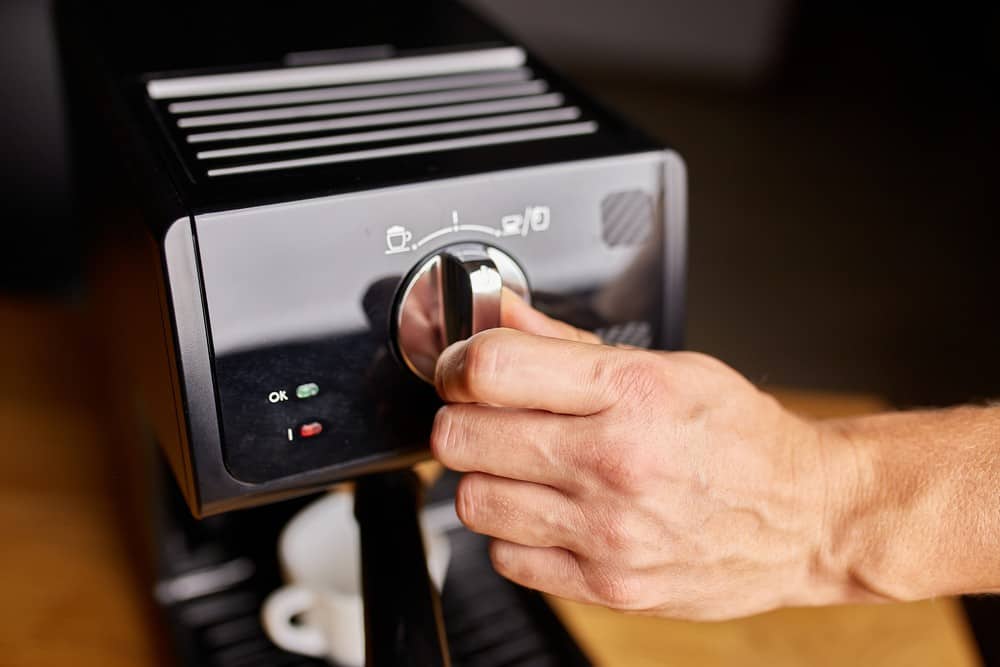
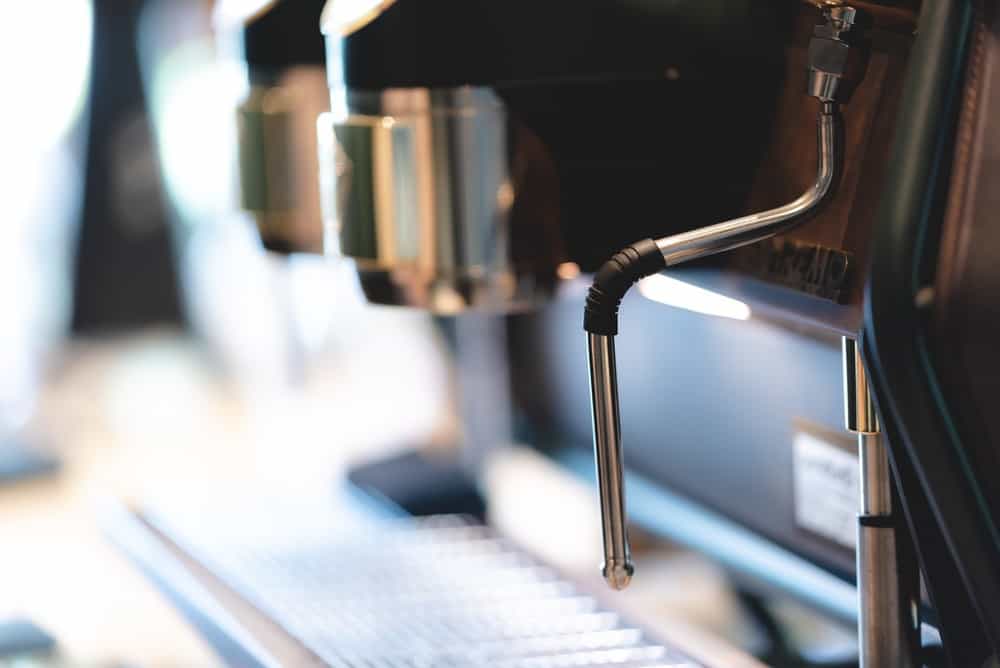
![Best Keurig Alternatives in [year] 27 Best Keurig Alternatives in 2025](https://www.gadgetreview.dev/wp-content/uploads/best-keurig-alternative-image.jpg)
![Best Semi Automatic Espresso Machines in [year] 28 Best Semi Automatic Espresso Machines in 2025](https://www.gadgetreview.dev/wp-content/uploads/best-semi-automatic-espresso-machine-image.jpg)
![Best Coffee and Espresso Makers in [year] 29 Best Coffee and Espresso Makers in 2025](https://www.gadgetreview.dev/wp-content/uploads/best-coffee-and-espresso-maker-image.jpg)
![Best Kitchen Appliances in [year] ([month] Reviews) 30 Best Kitchen Appliances in 2025 (December Reviews)](https://www.gadgetreview.dev/wp-content/uploads/best-kitchen-appliances.jpg)
![Quietest Coffee Makers in [year] 31 Quietest Coffee Makers in 2025](https://www.gadgetreview.dev/wp-content/uploads/quietest-coffee-maker-image.jpg)
![Best Prosumer Espresso Machines in [year] 32 Best Prosumer Espresso Machines in 2025](https://www.gadgetreview.dev/wp-content/uploads/71ytF6efAlL._AC_SL1500_.jpg)
![Best Single Serve Coffee Maker No Pods in [year] 33 Best Single Serve Coffee Maker No Pods in 2025](https://www.gadgetreview.dev/wp-content/uploads/best-k-pod-coffee-image-1.jpg)
![Best Coffee Makers for Hard Water in [year] 34 Best Coffee Makers for Hard Water in 2025](https://www.gadgetreview.dev/wp-content/uploads/best-coffee-maker-for-hard-water-image.jpg)
![Best Dual Boiler Espresso Machines in [year] 35 Best Dual Boiler Espresso Machines in 2025](https://www.gadgetreview.dev/wp-content/uploads/best-dual-boiler-espresso-machine-image.jpg)
![Best Coffee Makers for RV in [year] 36 Best Coffee Makers for RV in 2025](https://www.gadgetreview.dev/wp-content/uploads/best-coffee-maker-for-rv-image.jpg)
![Best Ninja Coffee Makers in [year] 37 Best Ninja Coffee Makers in 2025](https://www.gadgetreview.dev/wp-content/uploads/best-ninja-coffee-maker-image.jpg)
![Best Breville Espresso Machines in [year] 38 Best Breville Espresso Machines in 2025](https://www.gadgetreview.dev/wp-content/uploads/best-breville-espresso-machine-image.jpg)
![Best 5 Cup Coffee Makers in [year] 39 Best 5 Cup Coffee Makers in 2025](https://www.gadgetreview.dev/wp-content/uploads/best-5-cup-coffee-maker-image.jpg)
![Best Commercial Coffee Makers in [year] 40 Best Commercial Coffee Makers in 2025](https://www.gadgetreview.dev/wp-content/uploads/best-commercial-coffee-maker-image.jpg)
![Best Commercial Espresso Machine for a Small Coffee Shop in [year] 41 Best Commercial Espresso Machine for a Small Coffee Shop in 2025](https://www.gadgetreview.dev/wp-content/uploads/best-commercial-espresso-machine-small-coffee-shop-image.jpg)
![Best Coffee for Moka Pot in [year] 42 Best Coffee for Moka Pot in 2025](https://www.gadgetreview.dev/wp-content/uploads/best-coffee-for-moka-pot-image.jpg)
![Best USA Made Coffee Makers in [year] 43 Best USA Made Coffee Makers in 2025](https://www.gadgetreview.dev/wp-content/uploads/best-usa-made-coffee-makers-image.jpg)
![Fastest Coffee Makers in [year] 44 Fastest Coffee Makers in 2025](https://www.gadgetreview.dev/wp-content/uploads/fastest-coffee-maker-image.jpg)
![Best SCAA Certified Coffee Makers in [year] 45 Best SCAA Certified Coffee Makers in 2025](https://www.gadgetreview.dev/wp-content/uploads/best-scaa-certified-coffee-maker-image.jpg)
![Best Smart Coffee Makers in [year] 46 Best Smart Coffee Makers in 2025](https://www.gadgetreview.dev/wp-content/uploads/best-smart-coffee-maker-image.jpg)
